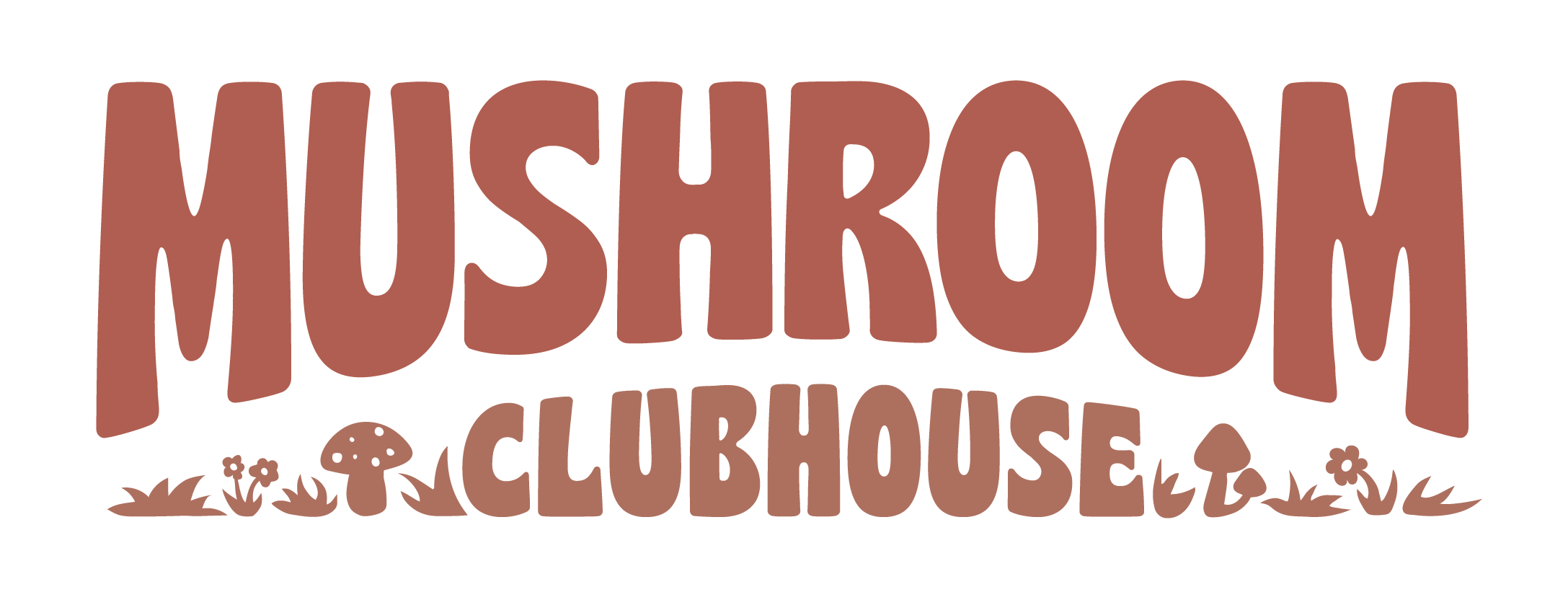
What is agar?
Agar is a solid media used to culture biological growth. It's commonly used as a base for you to add other nutrients depending on what you are trying to achieve.
How can I use agar with mushrooms?
Agar can be used in many ways with mushrooms; however, the most common ways to use it are to clone a mushroom, grow out spores, and inoculate your growing medium or liquid culture. It can also be used for creating hybrids, but that's a whole different topic.
We've compiled a few recipes that we have used and had good results with:
- Water Agar
- Spore Starting Agar
- Grain Water Agar
- MEA
- MYE
- Potato Agar
There are many different recipes but these are the main ones that people will typically use.
Supplies needed:
- 1 Media bottle, Erlenmeyer flask or Canning jar (feel free to get creative but make sure it can be put into a pressure canner)
- A pressure canner
- Petri Dishes
- Nitrile Gloves
- A Still Air Box (SAB) or a Fan Filter Unit (FFU) / Laminar Flow hood
- Recommended but optional: Infrared Thermometer Gun
Ingredients and PC times will be recipe-dependent below.
Process:
Combine all ingredients in a pot and bring to a low simmer to dissolve. Once fully dissolved, pour your mixture into your preferred vessel.
Place a lid or aluminum foil (if you don't have a lid for your Erlenmeyer flask) on your ball jar, it helps to either use a modified lid with micropore tape or a microppose stick-on filter. If you don't have either then just flip the lid over and place the ring on "finger tight." This will make it easier to remove when it comes time to pour.
Place your filled containers into the pressure cooker and turn it on. Once steam comes out of the pressure release valve, set a 10 to 15-minute timer. When your timer goes off, place your 15-psi weight on and set a timer for the specified amount of time listed below for your recipe.
Water Agar
What is it?
Water Agar is a low-nutrient solution used for cleaning contaminated plates. It can also work for germinating spores; however, the next recipe under this one is more suited for that.
Ingredients:
- 10g Agar
- 500ml Distilled water
- Time: 20 minutes
Spore Starting Agar
What is it?
This is another low-nutrient recipe, perfect for germinating spores.
Ingredients:
- 5g LME
- 10g Agar
- 500ml water
- Time: 20 minutes
Grain Water Agar (GWA)
What is it?
This is a great way to reuse some of your grain water after you boil your grains. It is also a cheap and easy way to get started with agar with limited resources. It's a great all-purpose agar recipe.
Ingredients:
- 10g Agar
- 500ml Grain water
- Time: 45 minutes
Malt Extract Agar (MEA)
What is it?
MEA is a general-purpose agar great for transferring your spore plates or cloning.
Ingredients:
- 7.5g Agar
- 10g LME (Light Malt Extract)
- 500ml water
- Time: 30 minutes
Malt Yeast Agar (MYA)
What is it?
MYA is an all purpose nutrient rich agar recipe. This gives your mycelium a little extra "umph".
Ingredients:
- 7.5g Agar
- 10g LME
- 1g Yeast
- Time: 30 mins
Potato Water Agar (PWA)
What is it?
Potato Agar is a fun way to make agar with some ingredients you may already have lying around. It may not work as well as some of the others, but it will work in a pinch. Plus, you can make yourself some mashed potatoes afterward, so it's a win-win!
Ingredients:
- 7.5g Agar
- 1500ml water
- 200g of potatoes (cut into small cubes)
Steps & Time:
- Boil potatoes in water for 1 hour.
- Strain out 500 ml of water and add 7.5g of agar.
- PC for 30 minutes.
(Optional, but recommended steps)
Add Salt, Pepper, Butter, a splash of milk and garlic powder then mash up your cubed and boiled potatoes. Top with chives, and bacon if you're feeling extra. Eat immediately.
